[this article is sponsored by evo.com]
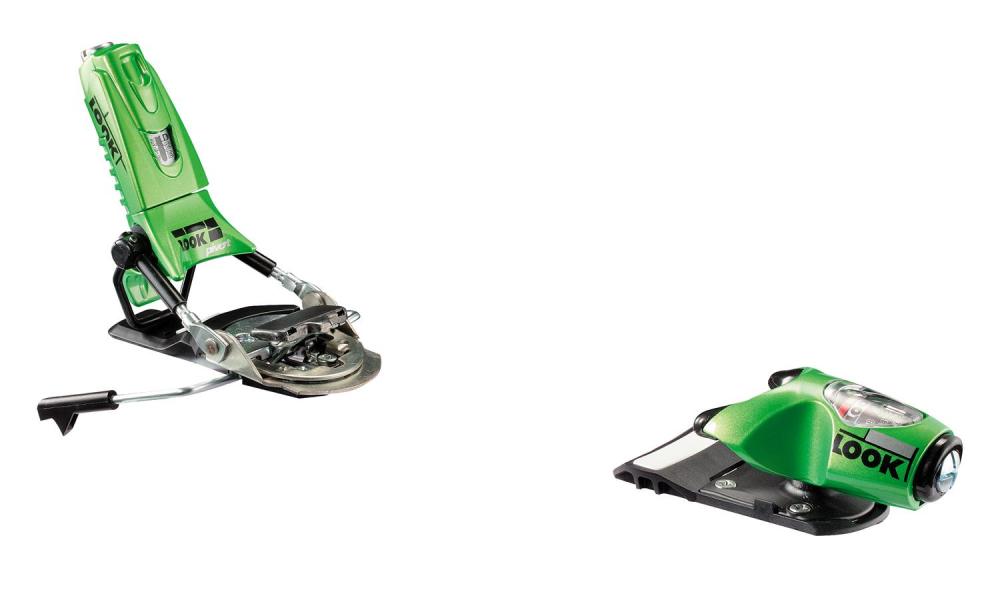
Specifications
DIN Range: 8-18
Weight (for both bindings): 5 lb 4.8 oz
Brake Widths: 95, 115, 130
Ramp Angle: 0 deg
40 mm lateral toe travel
28 mm vertical heel travel
Pick up a pair of Look 18 Ski Bindings at evo.com: 2016 Look 18 Ski Binding
***
The Look Pivot has been a favorite amoungst ski racers, mogul skiers, freeriders, and park rats for quite some time now. It was one of the first releasable ski bindings developed and hasn’t changed much in the last 10 years.
History
Similar to modern snowshoes, ski bindings initially consisted of a cable that held the boot in place. At that time, a skier had a 1% chance of injuring himself in a day and 10% of skiers got injured within one season. There was a design push for a safer binding and in 1948 Jean Beyl, a sporting goods manufacturer out of Never’s France invented the first binding with elastic travel. He called the binding “Look” after a New York picture magazine.

Release
With 40 mm of lateral toe travel and 28 mm of vertical heel travel, Look Pivots have the largest elastic travel of any binding on the market. The travel absorbs vibration, reduces pre-release, and allows the skier a lower DIN setting. The Pivot heel does not release laterally, but it does pivot under your tib/fib plateu, allowing your boot to release smoothly from the toe in a twisting fall, possibly mitigating knee injury.
I’ve been testing the Pivot 18 for two months and have yet to pre-release, even with a lower DIN setting than I normally ski. I’ve caught my tips, tomahawked, punched front, took all sorts of twisting falls, landed back seat and so far I’m very happy with how the bindings released or didn’t.

Performance
With seven points of contact (3 in the toe and 4 in the heel), a low profile, and a wide/short mounting pattern, the Pivot 18 has great power transmission and allows the ski to have a well rounded, intuitive flex pattern. All in all, they skied great.
Your boot sole needs to be really clean to step into the Pivots. The heel won’t fully rise if you have too much snow on the bottom of your sole. With the right snow texture, this can be a pain if you’re doing gondola or tram laps and have to clean your sole every lap, but good contact between the boot and the binding is why the Pivots perform so well.
Mounting
The forward pressure adjustment on these bindings is a bit difficult.
In my experience you have to drill to the exact boot sole length to get the forward pressure tab to line up properly. After you get that squared away, you need to adjust the heel by tightening or loosening both screws in the back evenly until you can no longer “easily” rotate the heel by hand.

The heel only has 2 cm of travel so you might have to re-drill your skis if you buy different boots. I went down a shell size and had to re-mount the heel.
Bottom line, I HIGHLY recommend having these professionally mounted.
Construction
The Pivot 18 has a full metal toe and a combination of metal and composite heel. These are amongst the burliest bindings on the market and are recommended for expert skiers or heavy advanced skiers. They use minimal moving parts and are designed to last.
Bottom Line
The Look Pivot 18s perform great. They ski well, release clean, and will last forever. If you have your boot sole length dialed and don’t mind a bit of extra hassle to get them set up properly, these bindings are a worthy investment.
***
Pick up a pair of Look 18 Ski Bindings at evo.com: 2016 Look 18 Ski Binding


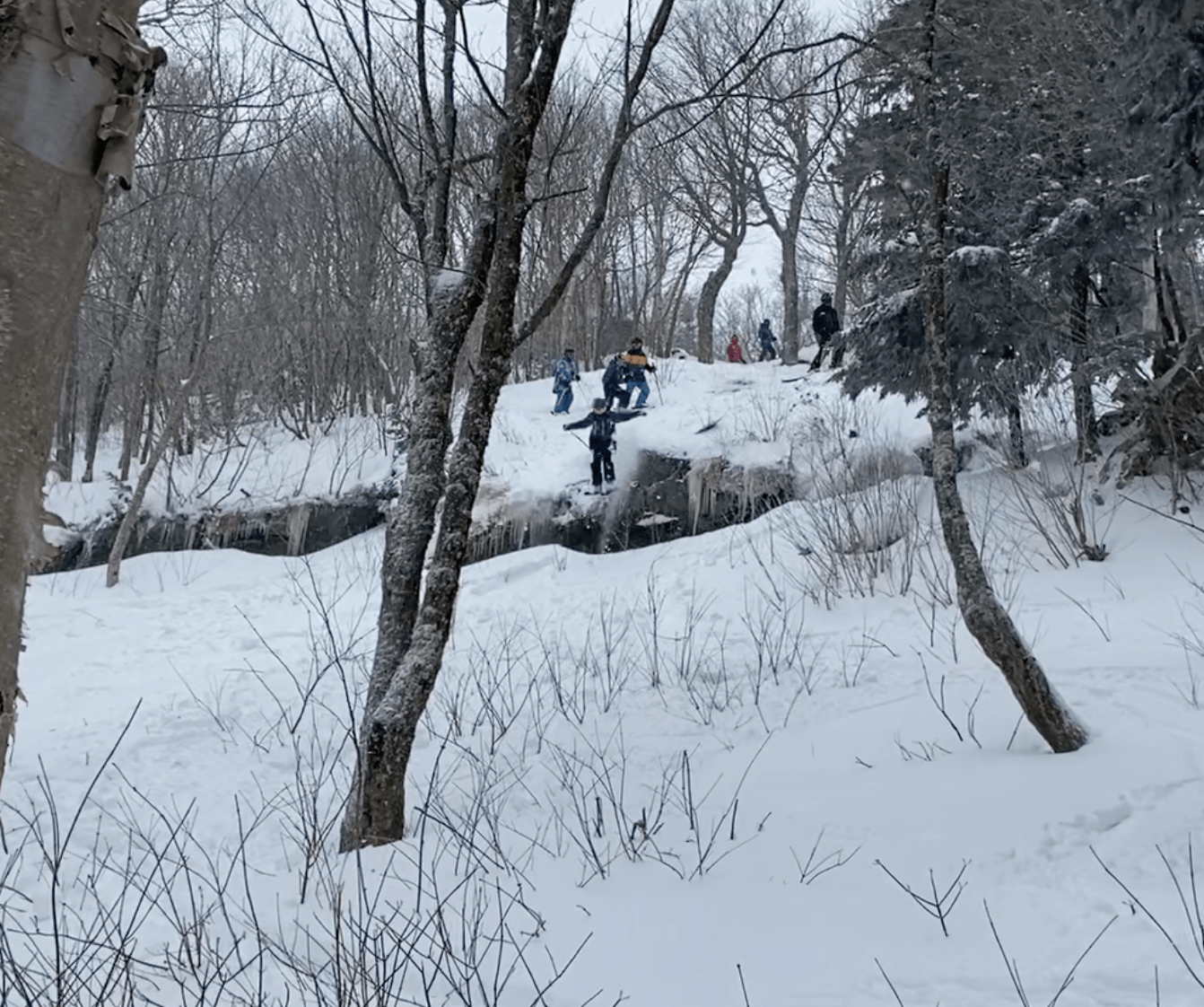
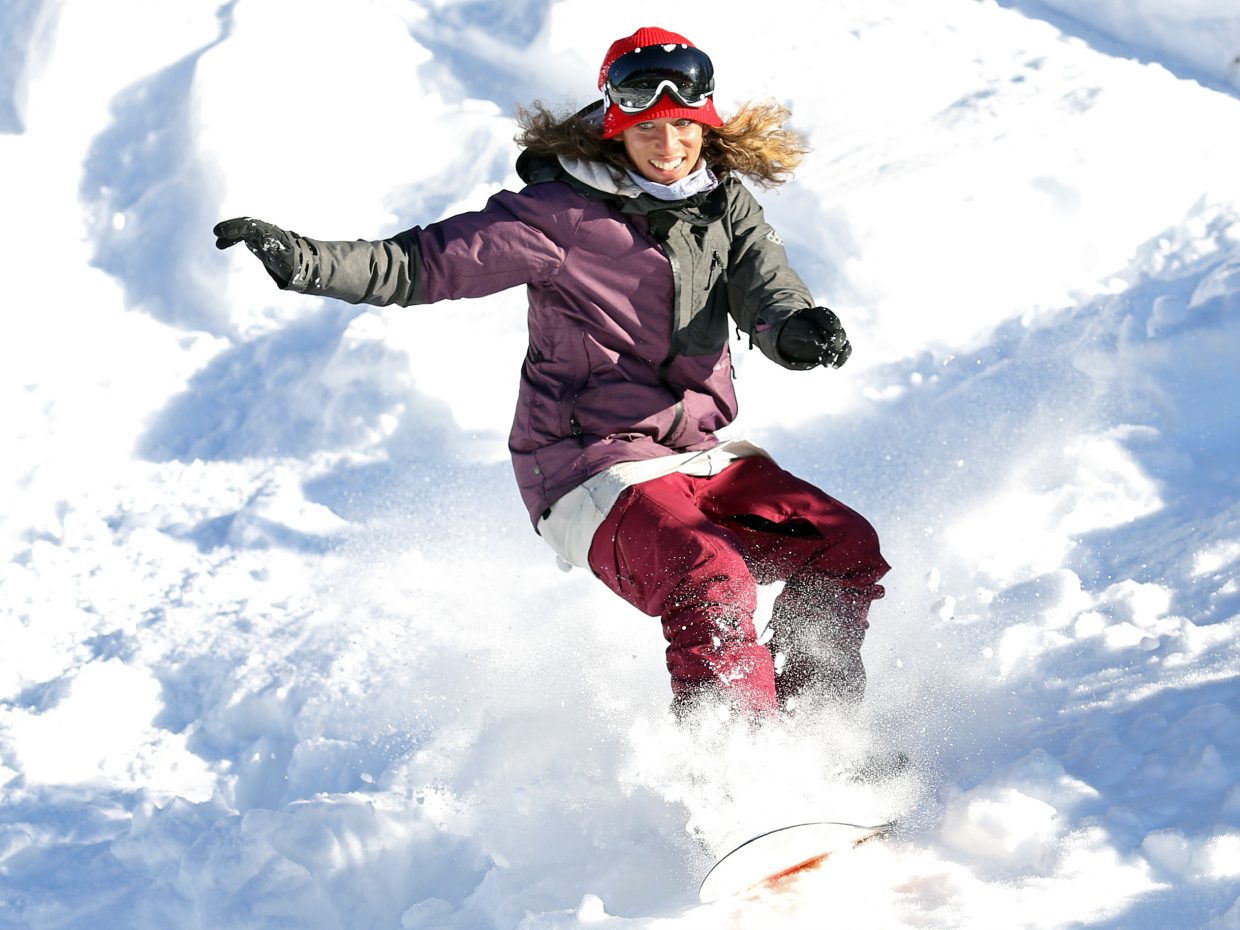
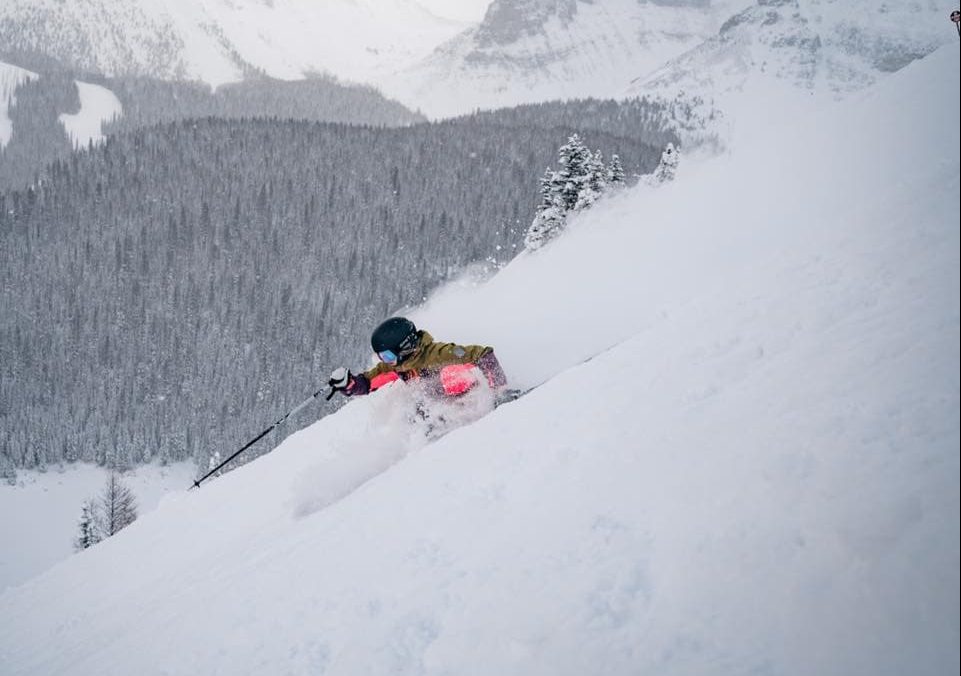
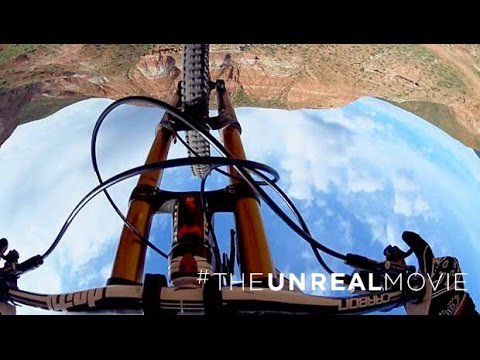
Hi- I need to know what is the Din seating for the new Look Pivot 18 binding on Dynastar Twisters 175?
I’m 5’10”, 197lbs, boots 313mm. Professional skier.
Thank you!